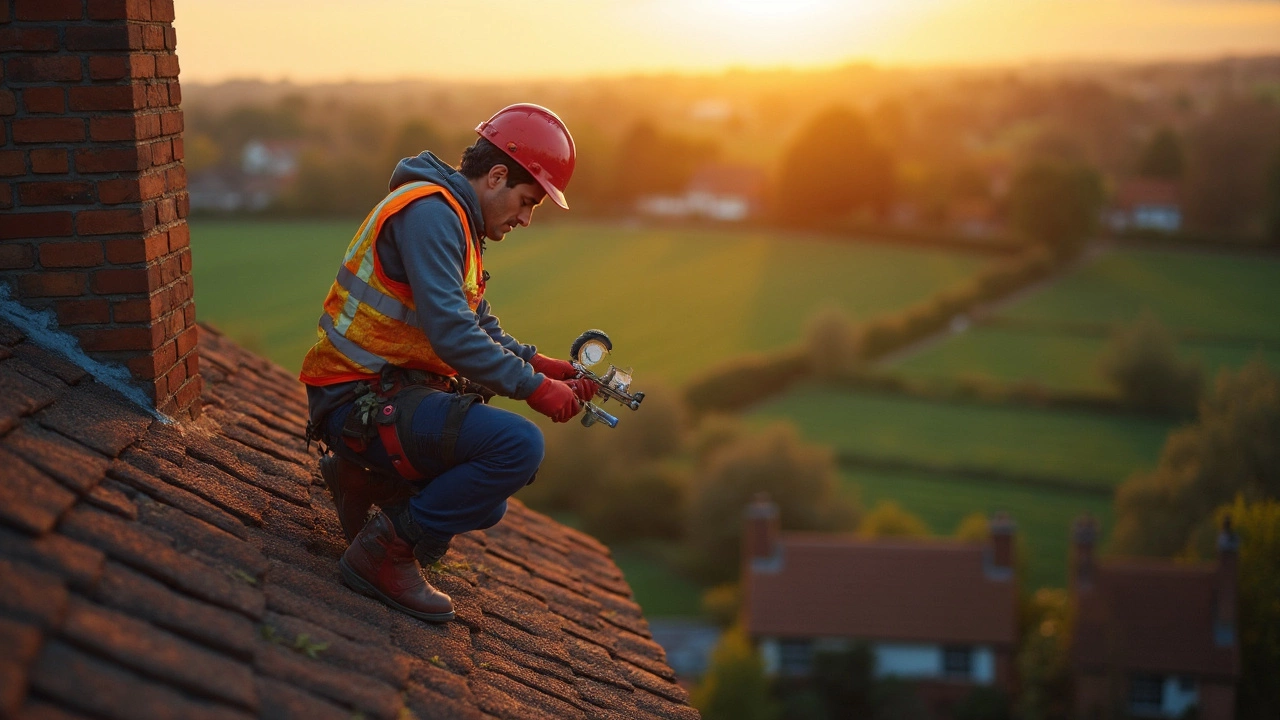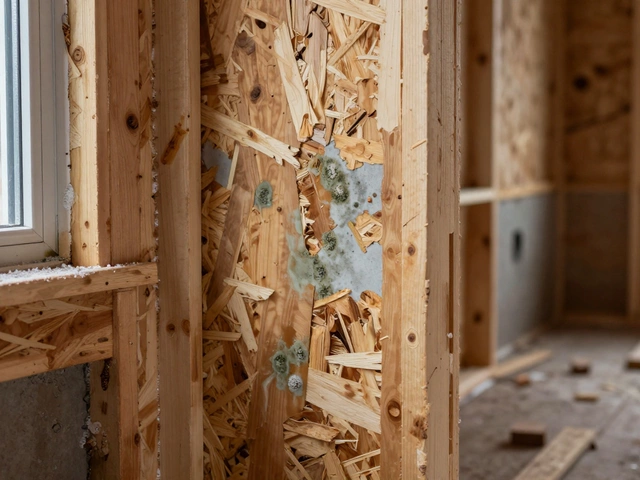Roofing Specialists – What You Need to Know Before You Hire
Looking at a new roof can feel overwhelming. Do you go for the cheapest shingle, or does a higher‑end slate save you money in the long run? As roofing specialists, we’ve pulled together the most common questions, real cost breakdowns, and simple tricks to keep your wallet happy while getting a solid cover over your home.
How Much Does a New Roof Really Cost?
First thing’s first – the price tag. A full roof replacement typically ranges from £5,000 for a modest bungalow with basic felt to over £20,000 for a larger house with premium tiles or slates. The biggest cost drivers are material choice, roof pitch, and the size of the area measured in "squares" (one square equals 100 ft²). A steep pitch means more safety gear and longer installation time, which pushes the per‑square rate up.
Saving Money: Negotiating and Choosing Affordable Options
Negotiation isn’t just for cars. Ask your roofer for a detailed quote that lists labour, disposal, and material costs separately. Compare at least three estimates – you’ll often see the same material priced differently because of bulk discounts or local supply chains. If a contractor offers a lower price per square, make sure it includes underlayment, flashing, and clean‑up; otherwise you’ll be hit with surprise fees later.
When budget matters, consider “cheapest roofing” options that still perform well. Asphalt felt, metal decking, and some composite shingles can last 15‑20 years for a fraction of the cost of traditional clay tiles. The key is proper installation and regular maintenance, which keeps water out and extends the roof’s life without a major investment.
Don’t forget the hidden costs tied to disposal. Removing an old roof generates a lot of waste, and some councils charge tipping fees. Some roofers bundle disposal into their quote, while others bill it separately. Ask up front, and you might find a contractor who recycles the old material, cutting both waste fees and environmental impact.
Another practical tip: schedule your roof work during the off‑season. In the UK, early spring or late autumn often means lower labour rates because contractors have less demand. Weather can be unpredictable, but a few days of rain won’t ruin a well‑planned job, and you’ll likely pay less for the same quality work.
If you’re a DIY‑enthusiast, you can shave off a portion of labour costs by handling demolition and clean‑up yourself. However, avoid DIY on structural repairs or complex flashing work – a mistake can cost thousands to fix later. Stick to the tasks you’re comfortable with and let the pros handle the high‑risk parts.
Finally, keep an eye on warranty details. A solid warranty (often 10‑15 years for materials, 5 years for labour) can save you from unexpected repair bills. Some roofers offer extended coverage for an extra fee, which might be worth it if you plan to stay in the house for many years.
In short, a smart roofing specialist will walk you through material choices, break down the per‑square cost, and help you negotiate a transparent quote. By planning ahead, comparing offers, and timing your project right, you can get a durable roof without breaking the bank.
What Are Roof Workers Called?

Ever wonder what roof workers are officially called? This article unravels the mystery behind the name while diving into the various roles they play, the skills required, and some intriguing facts about the roofing industry. From safety tips to the differences between various types of roofers, we provide a practical guide to understanding these essential workers. By the end, the world of roofing will seem a little less mysterious and a lot more fascinating.
read more



